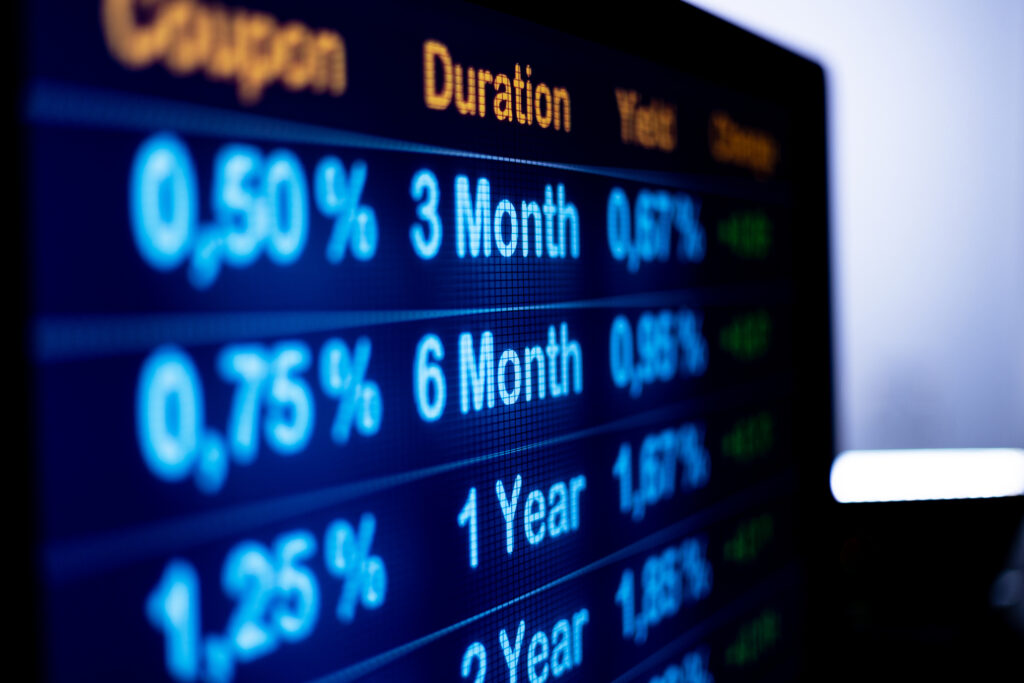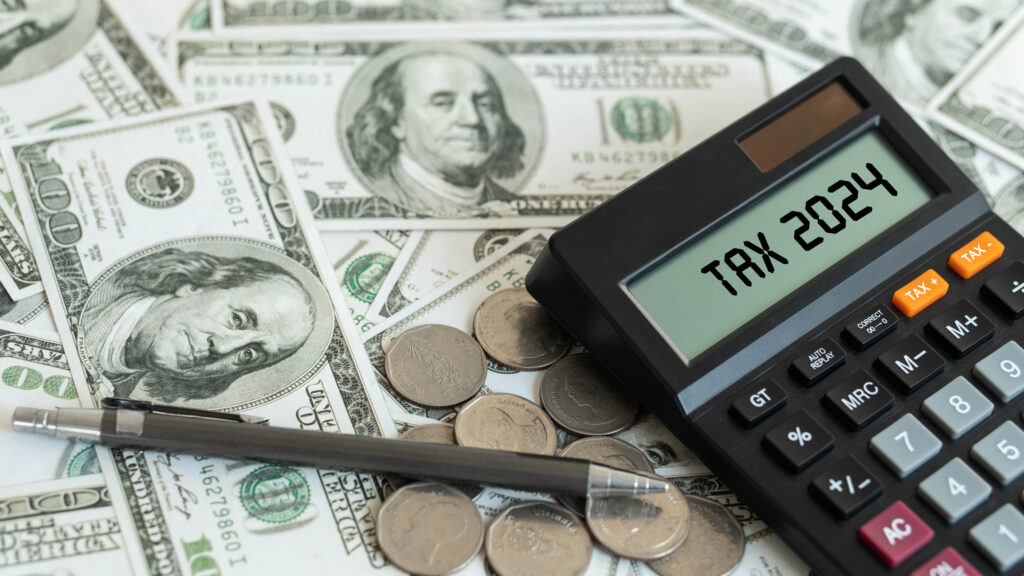People who save money in banks or money markets, hold certificates of deposit, or live on fixed incomes are not the only ones being hurt by record-low interest rates.
Turns out banks themselves are also feeling the pain of the Federal Reserve’s interest rate manipulations.
“Superlow U.S. interest rates are squeezing bank profits, complicating the industry’s nascent recovery from the financial crisis,” as recently reported by The Wall Street Journal.
The article noted net interest margin, an important measure of lending profitability, is at the lowest level in three years. This is forcing banks to charge more for certain services and look for other ways to make up for the low profits.
Since the financial crisis hit in 2008, the Federal Reserve has done repeated rounds of bond buying to drive up bond prices, which drives down interest rates, as a way to spark economic growth. Interest rates are at the lowest levels since World War II.
So far the nation has experienced the weakest economic recovery since World War II. The official unemployment rate stayed above 8 percent from January 2009 until falling to 7.8 percent in September 2012. However, that rate does not include more than 3 million persons who have become so frustrated they are no longer looking for work and therefore are not counted in unemployment statistics.
Interest Rate Disruption
Banking consultant Patrick Barron, principal of PMG Consulting LLC , said interest rate interventions “disrupt the very function of interest rates; i.e., to coordinate the structure of production to match saved resources.
“Austrian school economists call the phenomenon of exchanging more consumption in the future for less consumption in the present a ‘time preference’. A high time preference means people want to consume today. This causes high interest rates, because there is little savings to fund the loan market. A low time preference means people desire to consume more in the future and are willing to postpone present consumption. Therefore, they save more, driving interest rates down, and sending more funds to the loan market,” Barron said.
He said interventions by central banks to manipulate interest rates send “false signals” to the loan market. “Money is fungible and fiat money printed out of thin air looks just like real money based upon actual savings. So entrepreneurs and capitalists are misled into believing that real resources will be available to them to complete longer-term projects. They happily borrow and invest. But sooner or later consumers’ real time preference asserts itself and costs begin to rise, draining resources from malinvested longer-term projects back to meeting consumers’ real demand.”
Begging for Borrowers
Dean Baim, professor of economics and finance at Pepperdine University and a visiting professor at University of California, serves on the board of directors of a Pepperdine and UCLA credit union.
“Right now we’re working on a 2.5 percent margin,” he said. “A common thing we hear is banks are refusing to make loans. At the credit union, we’re almost begging people to borrow. They’re not willing to do it. There’s so much uncertainty. People don’t know if they’ll have a job a year from now. So they don’t want to commit to a four-year car loan.
“A lot of our activity is in refinancing. That hurts us, too. We had a 5 percent mortgage and now have a 3.5 percent mortgage, so we earn less money on that loan.”
He said regulatory uncertainty is also harming lenders.
“The Dodd-Frank law delegated regulatory writing to different agencies. As a result, we don’t know what’s coming,” Baim said. “About half of the reports are behind schedule. Regulations are still being written. All this has an impact.”
Too Low Too Long
Clifford Thies, professor of economics and finance at Shenandoah University in Winchester, Virginia, said interest rates “can be pushed too low for too long, because of the long-run consequence in terms of excessive and misdirected investments — the Austrian school economists would say ‘malinvestments’.”
He said in the short-run, interest rates “can be said to be the result of the supply of loanable funds,” which includes saving and newly created money from central banks, and the demand for loanable funds, including investment and government borrowing.
“According to Keynesian economics, new central bank money lowers interest rates, while government borrowing raises interest rates. The funny thing about this theory is that it is massively contradicted by observation,” said Thies. “In particular, government borrowing doesn’t raise interest rates except when it induces short concern for its solvency. Fortunately, during the past several years, some of the top economists in the world have investigated what has been termed the fiscal theory of money and inflation. Some of my own work in the ‘tax-backing theory of money’ has contributed to this line of research.
“Continued, unsustainable deficits induce concern for some combination of future tax increases, inflation or outright repudiation of national debt,” Thies said. “To prepare for these contingencies, people in the private sector tend to increase their saving, to deleverage, and to not commit their cash in new investments. In Keynesian parlance, the increase in aggregate demand due to the stimulus of the new government spending is offset by a decrease in aggregate demand in the private sector.”





